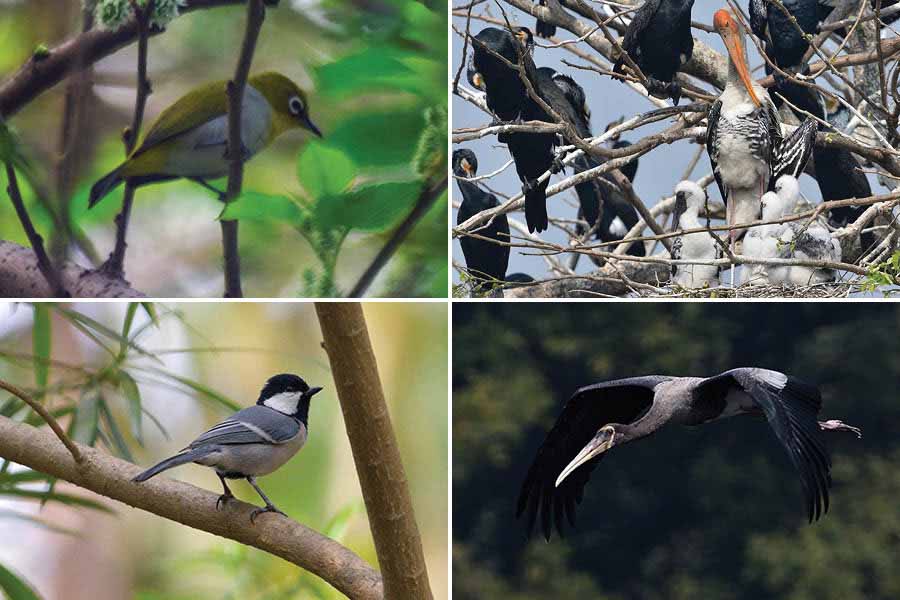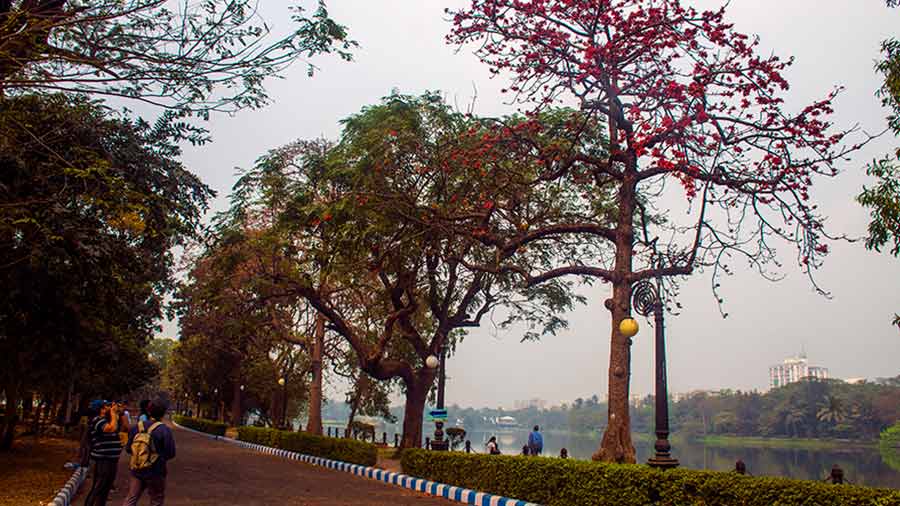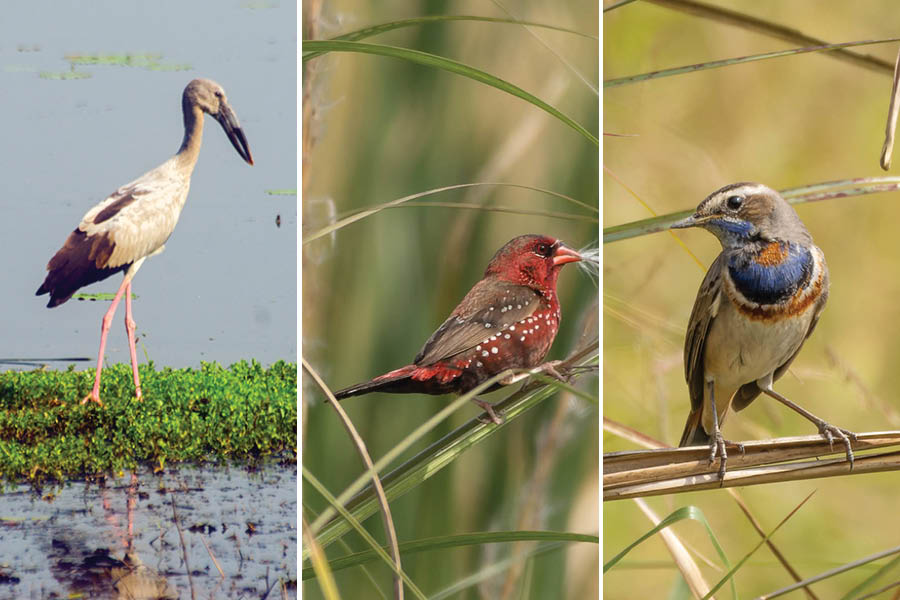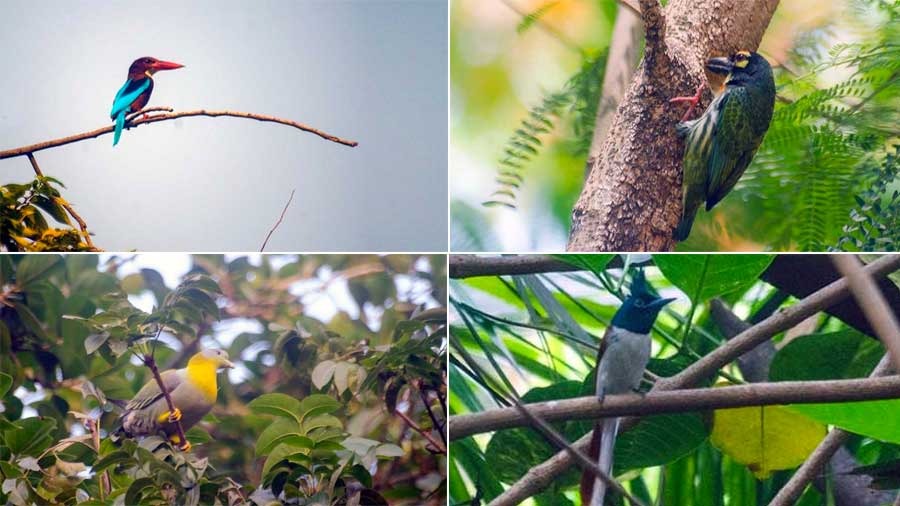Rabindra Sarobar or simply the Dhakuria Lakes serves as the lungs of south Kolkata. It is a birder’s paradise and is favourite hunting ground for birders with their cameras fitted with giant lenses. But the extended weekend in mid-February will see these photographers on a different mission. They will be part of a worldwide bird census known as the Great Backyard Bird Count (GBBC).
Great Backyard Bird Count
GBBC is a citizen-driven scientific project aimed at counting and reporting the details of birds in the area of their neighbourhood. An initiative of Cornell Lab of Ornithology and the National Audubon Society of USA, the GBBC kicked off in the USA in 1998 and was initially restricted to the USA only.
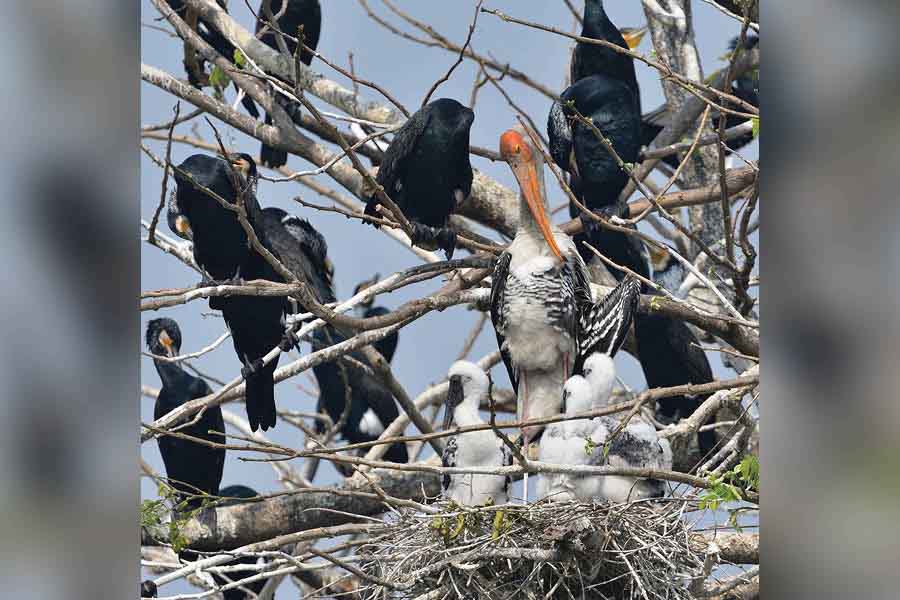
A Painted Stork with cheeks and Great Cormorants in the background Tirthankar Roy Chowdhury
In 2013, it took the global stage turning into a global bird census. The event is held every year over the extended weekend (Friday-Monday) of mid-February. GBBC is considered as the first community science project aimed at collecting bird sightings online and displaying results in near real-time. The information (number of birds, photo, call records) gathered in the 4 days are uploaded in a site called eBird (www.ebird.org).
What is eBird?
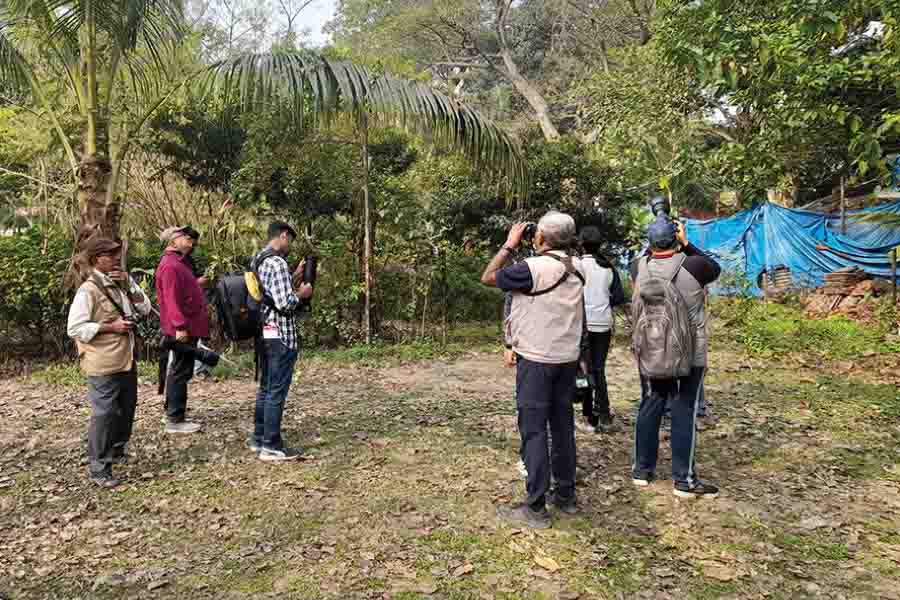
Participants of the photo walk train their cameras at Rabindra Sarobar to catch the elusive birds Rangan Datta
eBird is an online database of birds with online real-time data about distribution and abundance. Started in 2002 and was initially restricted to western hemisphere only. Its geographical extension grew over time and in 2010 it got a global status. eBird is an ideal example of crowdsourcing and initiates general citizens to collect and generate data related to birds. Today, eBird directly collaborates with hundreds of partner groups for regional data entry portals, outreach, engagement, and local impact.
GBBC in India
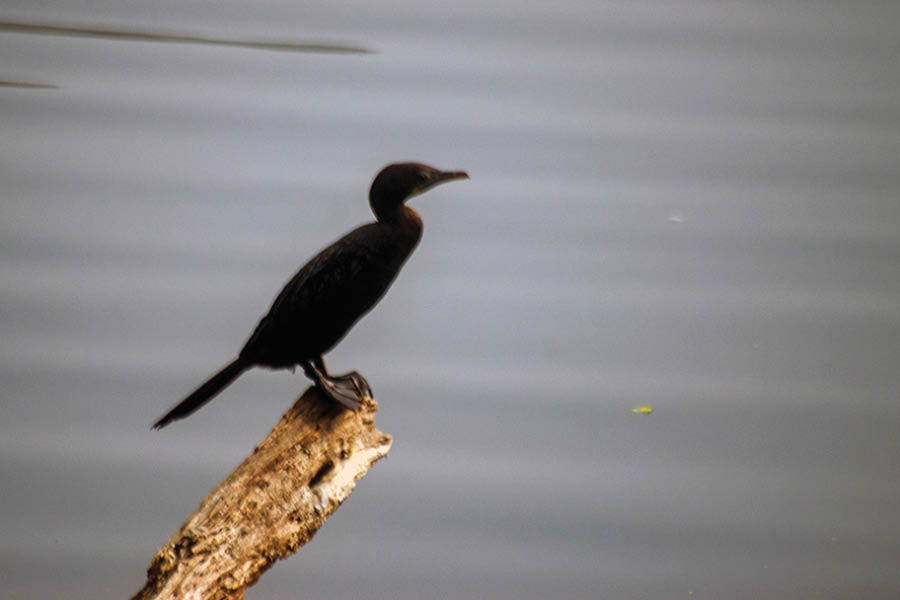
Little Cormorant at Rabindra Sarobar Rangan Datta
India has been part of GBBC show since 2013. Since then, birders, both individuals or organisations, have been collecting and uploading information. In 2023, GBBC engaged over 4,200 birders who uploaded photographs of over 53,500 birds spread across 1,072 species. In 2024, the GBBC was scheduled from February 16-19 and had several birding activities spread across the country. Several of them being held in and around Kolkata. GBBC bird walks were held on February 16 and 18 morning at Central Park in Salt Lake and Baruipur respectively. Rabindra Sarobar witnessed two such walk on the morning and evening of February 17.
The Rabindra Sarobar bird walk
The morning walk was an initiative of Sudip Ghosh and Tirthankar Roy Chowdhury, two local residents and IT professionals. Both have played an active role in documenting the bird and biodiversity of the Lakes region. About a dozen participants were part of the walk and consisted of an interesting mix of veteran birders and regular eBird contributors to absolute newbies. This lived up to the true spirit of GBBC which not only aimed at documentation but also focused on creating awareness. The two hour (7-9am) scheduled walk lasted for three-and-a-half hours and covered a distance of almost 8km.
A total of 49 species of birds were spotted and contained a few rare sightings like Booted Eagle and Indian White-eye. According to Ghosh: “Indian White-eye is very common species but rarely spotted in Kolkata and it was spotted at the Lakes after several years.”

Participants of the Great Backyard Bird Count photowalk at Rabindra Sarobar on February 17 morning Rangan Datta
The data collected also focuses on the number of birds of each species. Roy Chowdhury said: “Several of the aquatic birds appear in large flocks making counting difficult. Photographic evidence and statistical techniques are often used to determine the number of birds. He added: “The number of Painted Stork has been determined at 43 and include juvenile birds. The number the three species of Cormorants (Great, Little and Indian) are yet to be ascertained.” Ghosh elaborated: “Rabindra Sarobar is a haven for bird photography and attracts a lot of serious birders throughout the year. Presently, we are looking forward to more participation in citizen scientific events like GBBC. This will not only increase the database but would help in protecting the fragile environment and make the world better place to live in.”
